Home>Interior Design>What Type Of Flooring Is Best For A Living Room?
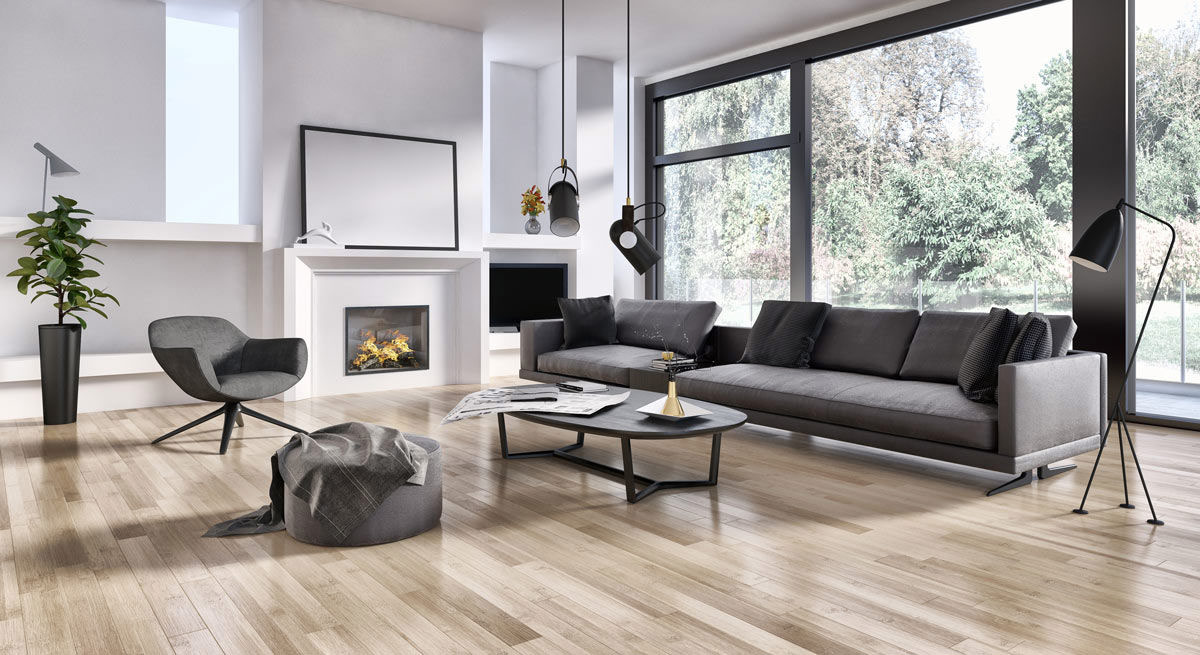

Interior Design
What Type Of Flooring Is Best For A Living Room?
Modified: January 18, 2024
Discover the perfect flooring for your living room with our expert interior design tips. Find out which type of flooring will enhance the overall look and feel of your space.
(Many of the links in this article redirect to a specific reviewed product. Your purchase of these products through affiliate links helps to generate commission for Storables.com, at no extra cost. Learn more)
Introduction
When it comes to designing your living room, one of the most crucial decisions you need to make is choosing the right type of flooring. The floor sets the foundation for the entire space, impacting the overall aesthetic appeal, functionality, and comfort of the room. With numerous options available in the market, each with its own unique characteristics, it can be overwhelming to determine which type of flooring is best suited for your living room.
This comprehensive guide will walk you through the different flooring options that are commonly used in living rooms, highlighting the benefits and considerations for each type. Whether you prefer the timeless elegance of hardwood, the cozy comfort of carpet, the versatility of laminate, the durability of vinyl, or the sleekness of tile, this article will provide you with the information you need to make an informed decision that aligns with your style, budget, and lifestyle.
Ultimately, the ideal flooring for your living room will depend on several factors, including your personal preferences, the overall design theme of the space, the level of foot traffic, and the presence of pets or children. By carefully considering these factors and understanding the pros and cons of each flooring type, you can select the option that not only enhances the beauty of your living room but also meets your specific needs in terms of durability, maintenance, and functionality.
So, without further ado, let’s dive into the various flooring options to determine which one is the best fit for your living room.
Key Takeaways:
- Elevate your living room with hardwood flooring, offering timeless beauty, durability, and versatility. Consider maintenance and cost for a long-lasting investment in your home’s aesthetic appeal.
- Create a cozy and inviting living space with carpet flooring, providing warmth, comfort, and sound absorption. Balance its maintenance needs with its affordability for a comfortable and stylish choice.
Read more: What Is Best The Flooring For Living Room
Hardwood Flooring
When it comes to classic elegance and timeless beauty, it’s hard to beat hardwood flooring for your living room. Made from natural wood, this type of flooring adds warmth, sophistication, and a touch of luxury to any space.
One of the main advantages of hardwood flooring is its durability. With proper care and maintenance, hardwood floors can last for decades, making it a long-term investment for your home. Additionally, hardwood floors are highly resistant to stains and scratches, making them an excellent choice for high-traffic areas like the living room.
Hardwood flooring offers a wide range of options in terms of wood species, including oak, maple, cherry, and walnut, each with its own unique grain pattern and color variations. You can choose from different finishes, such as matte, satin, or high-gloss, to achieve the desired aesthetic for your living room.
Furthermore, hardwood flooring is versatile and can seamlessly blend with various interior design styles, from traditional to modern. It provides a neutral foundation that allows you to experiment with different furniture, rugs, and decor elements.
However, it’s important to note that hardwood flooring is not without its considerations. It is susceptible to moisture and humidity, which can cause the wood to warp or cup over time. Therefore, it is not recommended for areas with excessive moisture, such as bathrooms or basements.
Moreover, hardwood flooring requires regular maintenance to keep it looking its best. It’s important to clean up spills promptly and avoid using harsh chemicals or abrasive cleaners that can damage the finish. Routine sweeping or vacuuming, along with occasional refinishing, can help preserve the beauty and longevity of your hardwood floors.
In terms of cost, hardwood flooring is generally more expensive compared to other flooring options. However, its durability and timeless appeal make it a worthwhile investment, adding value to your home.
In summary, hardwood flooring is a popular choice for living rooms due to its durability, timeless beauty, and versatility. While it may require regular maintenance and be more expensive upfront, the long-lasting quality and aesthetic appeal make it a worthwhile choice for homeowners looking to elevate the look and feel of their living space.
Carpet Flooring
If you’re seeking comfort, warmth, and a cozy ambiance in your living room, carpet flooring could be the ideal choice. Carpet is a soft and plush flooring option that creates a welcoming and comfortable environment for both residents and guests.
One of the main advantages of carpet flooring is its ability to provide insulation. It acts as a natural thermal insulator, trapping heat and keeping your living room warm during the colder months. Additionally, carpet flooring absorbs sound, reducing noise levels and creating a quieter space.
Carpet flooring comes in a wide variety of styles, colors, and textures, allowing you to customize your living room to suit your personal taste and design preferences. Whether you prefer neutral tones for a timeless look or bold patterns to make a statement, there’s a carpet option for every style.
Furthermore, carpet is a great option for households with children or elderly individuals as it provides a softer and safer surface to walk and play on. It offers a cushioned feel underfoot, reducing the risk of slips and falls. Additionally, carpet provides a comfortable surface for sitting and lounging, making it ideal for activities such as family movie nights or gatherings.
However, it’s important to consider that carpet flooring requires regular maintenance to keep it clean and allergen-free. Vacuuming on a regular basis is essential to remove dirt, dust, and allergens that can accumulate in the fibers. Periodic deep cleaning may also be necessary to remove any stubborn stains or odors.
Another consideration with carpet flooring is its susceptibility to stains and wear over time. Accidental spills or high foot traffic areas may require more frequent cleaning or even spot treatment. It’s also worth noting that certain carpet fibers may be more prone to fading if exposed to sunlight for prolonged periods.
In terms of cost, carpet flooring is generally more affordable compared to other flooring options such as hardwood or tile. The cost will depend on factors such as the type of carpet, pile height, and installation method.
In summary, carpet flooring offers comfort, warmth, and a wide range of design options for your living room. It provides insulation and sound absorption, making it a cozy and inviting choice. However, regular maintenance and the possibility of stains and wear should be considered when choosing carpet flooring for your living space.
Laminate Flooring
If you desire the look of hardwood or tile flooring without the high cost and maintenance requirements, laminate flooring is an excellent alternative for your living room. Laminate flooring offers the visual appeal of natural materials while providing durability, affordability, and ease of maintenance.
One of the main advantages of laminate flooring is its versatility. It comes in a wide range of designs, mimicking different wood species, stone, and tile patterns. This allows you to achieve the desired aesthetic for your living room at a fraction of the cost of real hardwood or tile.
Laminate flooring is also known for its durability. It is highly resistant to scratches, stains, and fading, making it ideal for high-traffic areas like the living room. The top layer, known as the wear layer, provides a protective barrier, ensuring the floor’s longevity and maintaining its original appearance even with regular use.
Another advantage of laminate flooring is its ease of installation. It typically comes in planks or tiles that interlock, allowing for straightforward installation without the need for glue or nails. This makes it a popular choice for DIY enthusiasts or those looking for a cost-effective flooring option.
Maintenance is a breeze with laminate flooring. Regular sweeping or vacuuming, along with periodic damp mopping using a manufacturer-approved cleaner, is typically all that’s needed to keep the floor clean and looking its best. Laminate flooring is also resistant to moisture, making it suitable for living rooms that may experience occasional spills or humidity.
However, it’s important to note that laminate flooring may not have the same level of authenticity or luxury as real hardwood or tile. While it provides a similar appearance, the feel underfoot may differ. Laminate flooring can sometimes have a slightly hollow or artificial sound when walked on, especially in comparison to solid hardwood or natural stone.
In terms of cost, laminate flooring is generally more affordable than hardwood or tile options. It bridges the gap between aesthetics and budget, allowing you to achieve the look you desire without breaking the bank.
In summary, laminate flooring offers a cost-effective and low-maintenance option for your living room. With its versatility, durability, and ease of installation, it provides the appearance of hardwood or tile flooring without the high price tag. Consider laminate flooring as a practical choice for achieving the desired aesthetic in your living space.
When choosing flooring for a living room, consider durable options like hardwood, laminate, or luxury vinyl for high-traffic areas. These materials are easy to clean and maintain, making them ideal for a busy living space.
Vinyl Flooring
If you’re looking for a versatile, affordable, and low-maintenance flooring option for your living room, vinyl flooring might be the perfect choice. Vinyl flooring has come a long way in terms of aesthetics, offering a wide range of design options that can mimic the look of hardwood, tile, or stone.
One of the biggest advantages of vinyl flooring is its durability. It is highly resistant to scratches, stains, and dents, making it suitable for high-traffic areas like the living room. Vinyl flooring is also water-resistant or waterproof, depending on the specific type, making it an ideal choice for households with pets or children.
Vinyl flooring is available in various forms, including sheets, tiles, or planks, allowing for flexibility in design and installation. It can be installed easily over existing flooring, which makes it a popular choice for quick and budget-friendly renovations.
In terms of maintenance, vinyl flooring is incredibly easy to care for. Regular sweeping or vacuuming, along with occasional mopping using a mild cleaner, is typically all that’s needed to keep it clean and looking its best. Unlike natural materials like hardwood or tile, vinyl flooring does not require any specialized treatments or refinishing.
Furthermore, vinyl flooring offers excellent noise reduction properties. Its resilient nature absorbs sound, reducing the echo and noise transmission in your living room. This can contribute to a more peaceful and comfortable environment.
Although vinyl flooring offers many benefits, it’s important to note that it may not have the same level of visual authenticity as natural materials. While advancements in technology have made vinyl flooring more realistic-looking, it may still lack the depth and texture of hardwood or tile. However, many homeowners find that the affordability and durability of vinyl make up for this slight compromise in authenticity.
In terms of cost, vinyl flooring is generally one of the most affordable options available. It offers a budget-friendly alternative to natural materials without compromising on style or functionality. The overall cost will depend on factors such as the quality, thickness, and installation method.
In summary, vinyl flooring is a versatile and cost-effective option for your living room. Its durability, water resistance, and ease of maintenance make it a practical choice for households with high foot-traffic or the presence of children and pets. Consider vinyl flooring as an affordable and low-maintenance flooring solution that offers style and functionality.
Tile Flooring
If you’re looking for a durable and stylish flooring option that exudes elegance and sophistication, tile flooring is a fantastic choice for your living room. Tile flooring offers a wide range of options in terms of materials, colors, patterns, and finishes, allowing you to create a customized and visually appealing space.
One of the main advantages of tile flooring is its exceptional durability. Whether you choose ceramic, porcelain, or natural stone tiles such as marble or travertine, they are built to withstand heavy foot traffic and are highly resistant to scratches, stains, and wear. This makes tile flooring ideal for busy living rooms or homes with children and pets.
Tile flooring is also known for its water resistance, making it suitable for areas that are prone to spills or moisture, such as kitchens or bathrooms. This also makes it a great option for living rooms where spills and accidents may occur.
Tile flooring provides endless design possibilities. With a wide variety of sizes, shapes, and colors available, you can create a unique and personalized look for your living room. From sleek and modern to rustic and traditional, there’s a tile option to suit every design theme and aesthetic preference.
Moreover, tile flooring is easy to clean and maintain. Routine sweeping or vacuuming, along with occasional mopping using a mild detergent, is usually sufficient to keep the tiles looking pristine. Additionally, the hard and non-porous surface of tiles makes it resistant to stains and allergens, making it a hygienic choice for your living space.
However, it’s important to note that tile flooring can be cold underfoot, especially during the colder months. You may consider using area rugs or underfloor heating systems to add warmth and comfort to your living room.
Another consideration is that tile flooring can be more difficult to install compared to other flooring options. It requires specialized tools and skills, so professional installation is often recommended to ensure that the tiles are properly laid and aligned.
In terms of cost, tile flooring can vary widely depending on the material, size, and design chosen. Natural stone tiles tend to be more expensive, while ceramic and porcelain tiles offer more budget-friendly options. It’s important to consider your budget and the value that tile flooring can add to your living room when making your decision.
In summary, tile flooring offers durability, water resistance, and a wide range of design options for your living room. It provides a timeless and elegant look while being easy to clean and maintain. Consider tile flooring if you want a long-lasting and visually stunning flooring option that will elevate the overall aesthetic of your living space.
Conclusion
Choosing the right flooring for your living room is a crucial decision that can significantly impact the overall aesthetic, functionality, and comfort of the space. Each flooring type, whether it’s the classic elegance of hardwood, the cozy comfort of carpet, the affordability of laminate, the durability of vinyl, or the sophistication of tile, offers unique advantages and considerations.
Hardwood flooring brings timeless beauty and durability to your living room, but it requires regular maintenance and comes with a higher price tag.
Carpet flooring provides warmth, comfort, and sound absorption, making it perfect for creating a cozy ambiance. However, it requires regular maintenance and may be prone to stains and wear over time.
Laminate flooring offers the look of hardwood or tile at a more affordable price point, with easy installation and low maintenance. However, it may not have the same level of authenticity as natural materials.
Vinyl flooring is a versatile, affordable, and low-maintenance option that can mimic the look of various materials. It’s highly durable and water-resistant, but it may lack the same level of authenticity as natural materials.
Tile flooring provides durability, style, and endless design possibilities. It’s water-resistant, easy to clean, and adds a touch of elegance to any living room. However, it can be colder underfoot and may require professional installation.
Ultimately, the best flooring for your living room will depend on your personal preferences, the overall design theme of the space, the level of foot traffic, and the presence of pets or children. It’s important to carefully consider the benefits and considerations of each flooring option to make an informed decision that aligns with your style, budget, and lifestyle.
Regardless of the flooring type you choose, maintaining regular upkeep and proper cleaning habits will ensure that your living room floor remains beautiful and functional for years to come. Whether you opt for the timeless appeal of hardwood, the plush comfort of carpet, the affordability of laminate, the durability of vinyl, or the elegance of tile, your living room will undoubtedly benefit from a flooring choice that complements your style and enhances your overall living experience.
Frequently Asked Questions about What Type Of Flooring Is Best For A Living Room?
Was this page helpful?
At Storables.com, we guarantee accurate and reliable information. Our content, validated by Expert Board Contributors, is crafted following stringent Editorial Policies. We're committed to providing you with well-researched, expert-backed insights for all your informational needs.
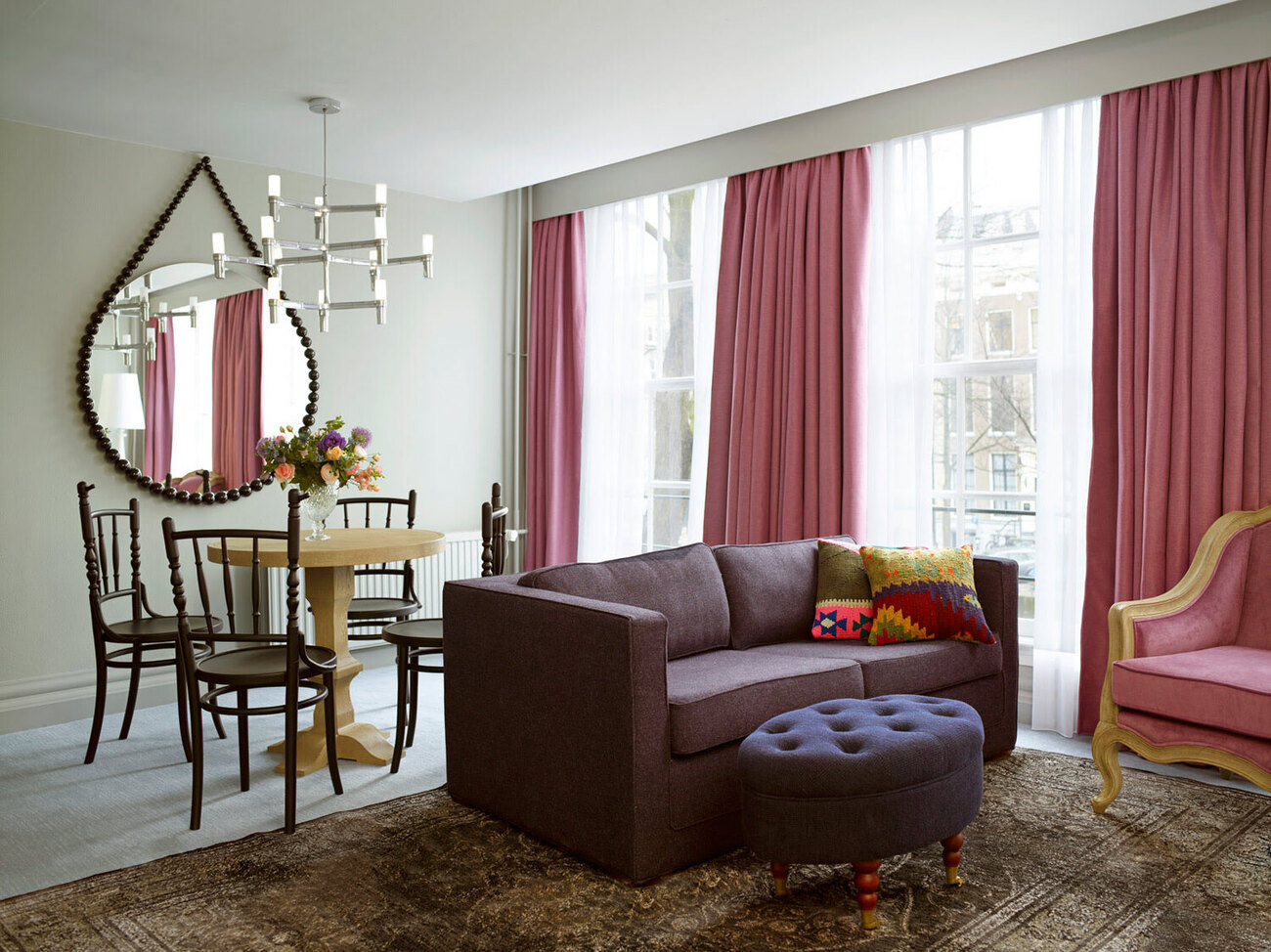
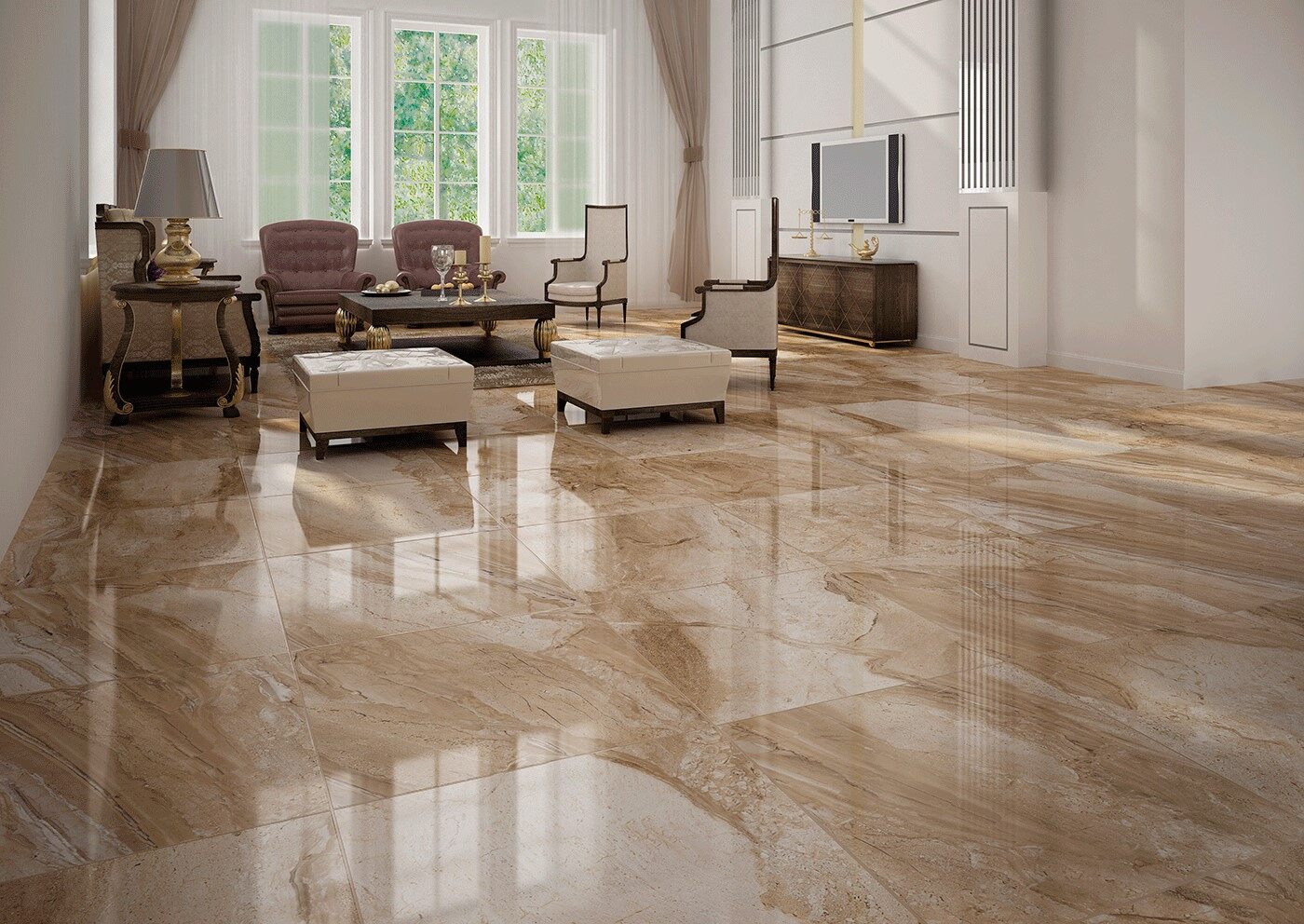

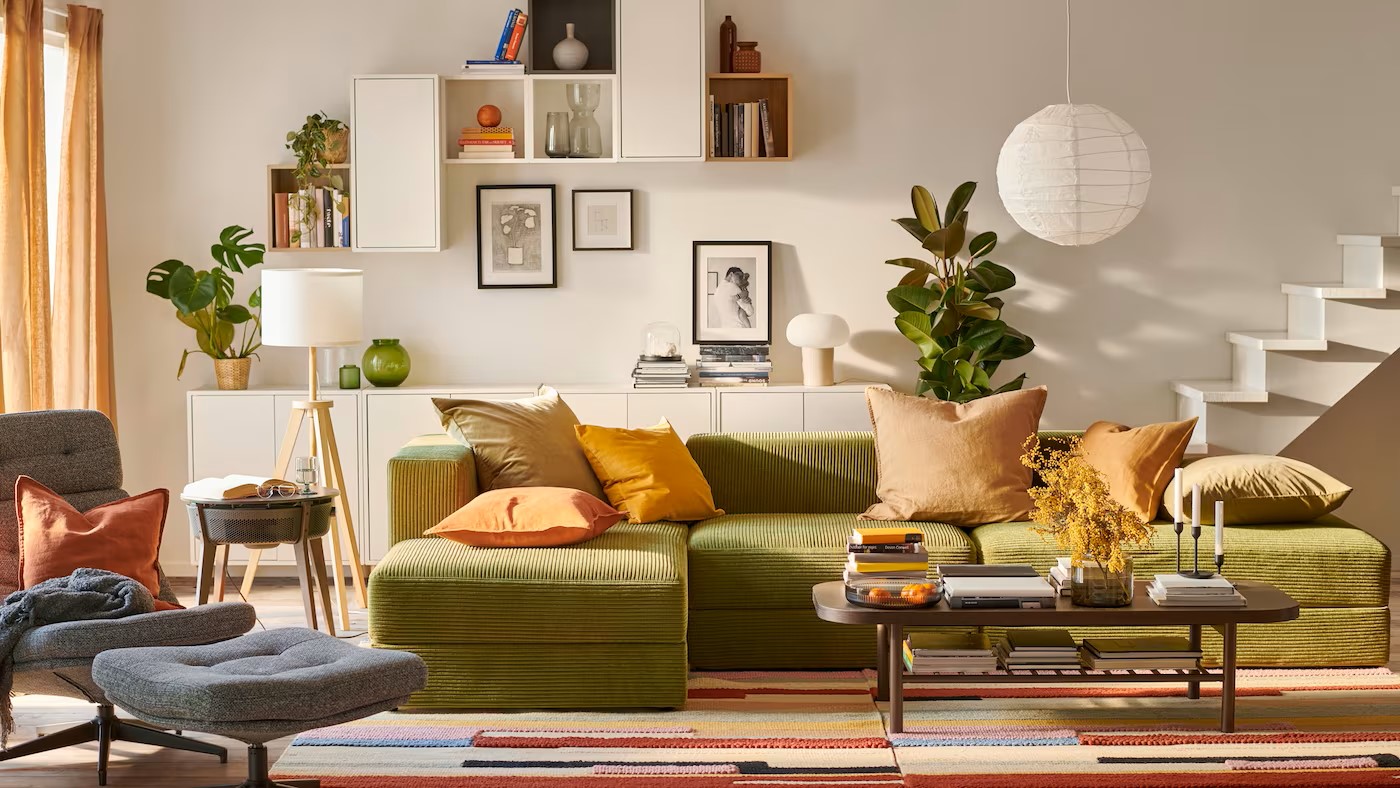
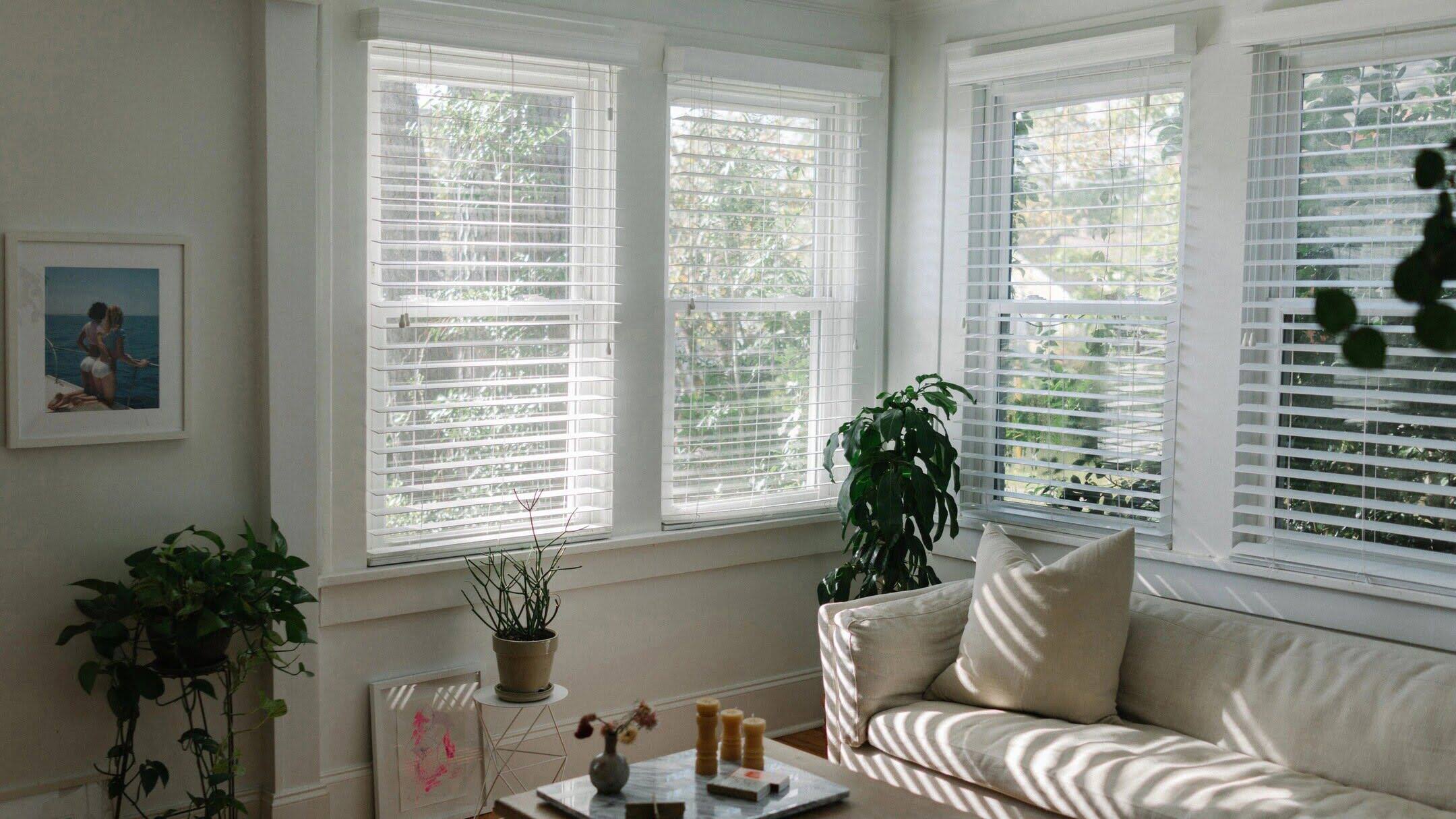
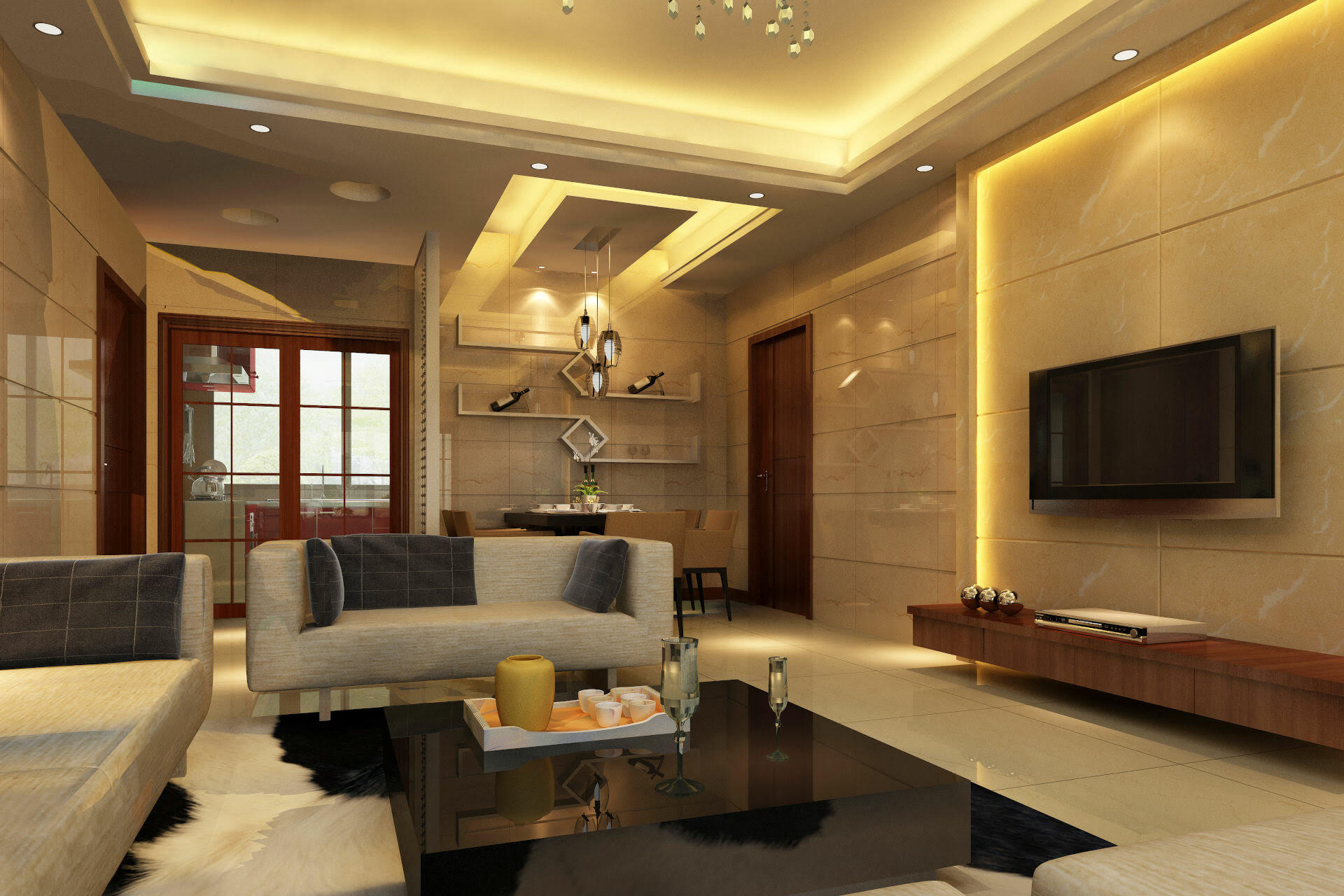
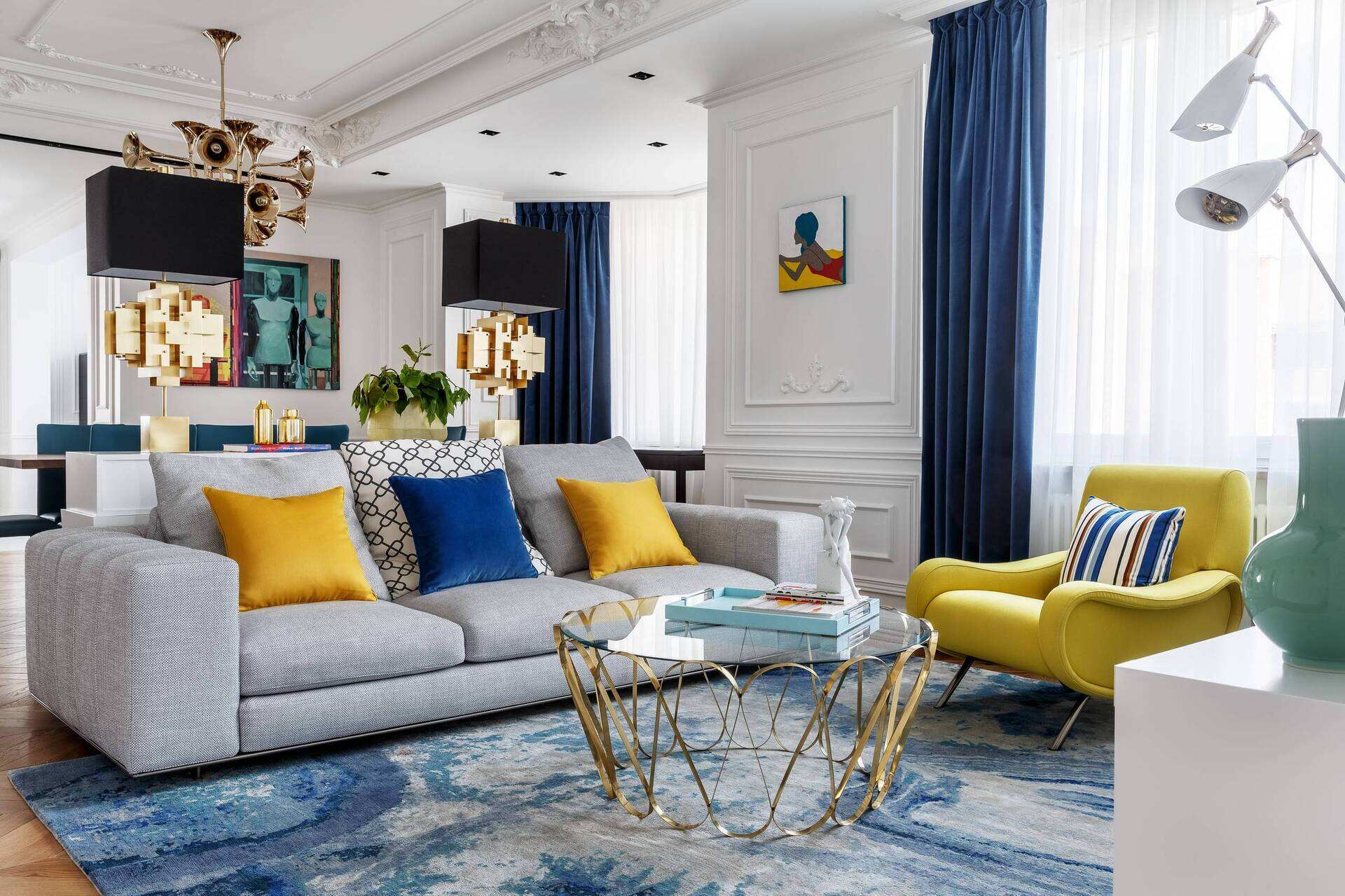
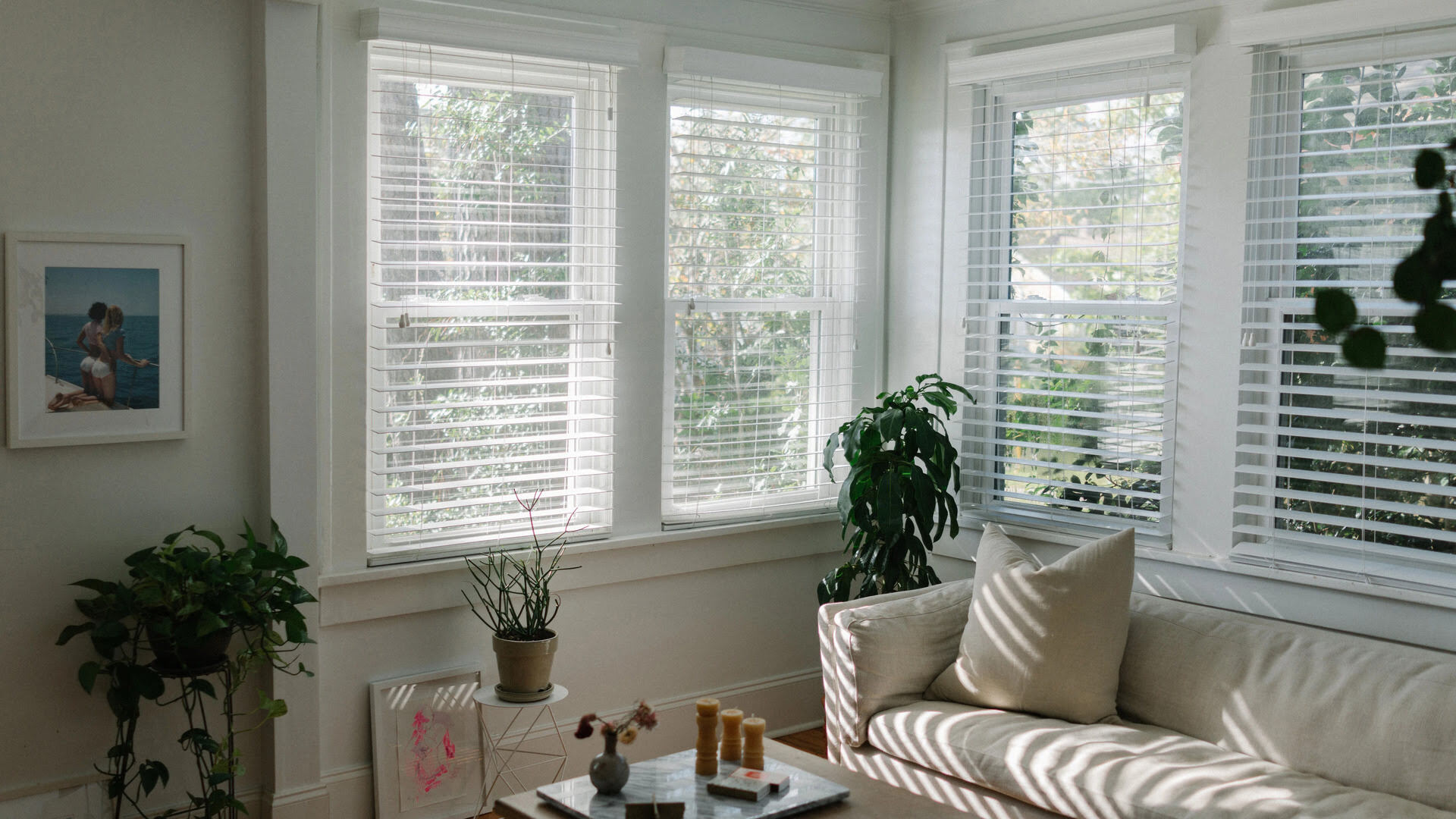
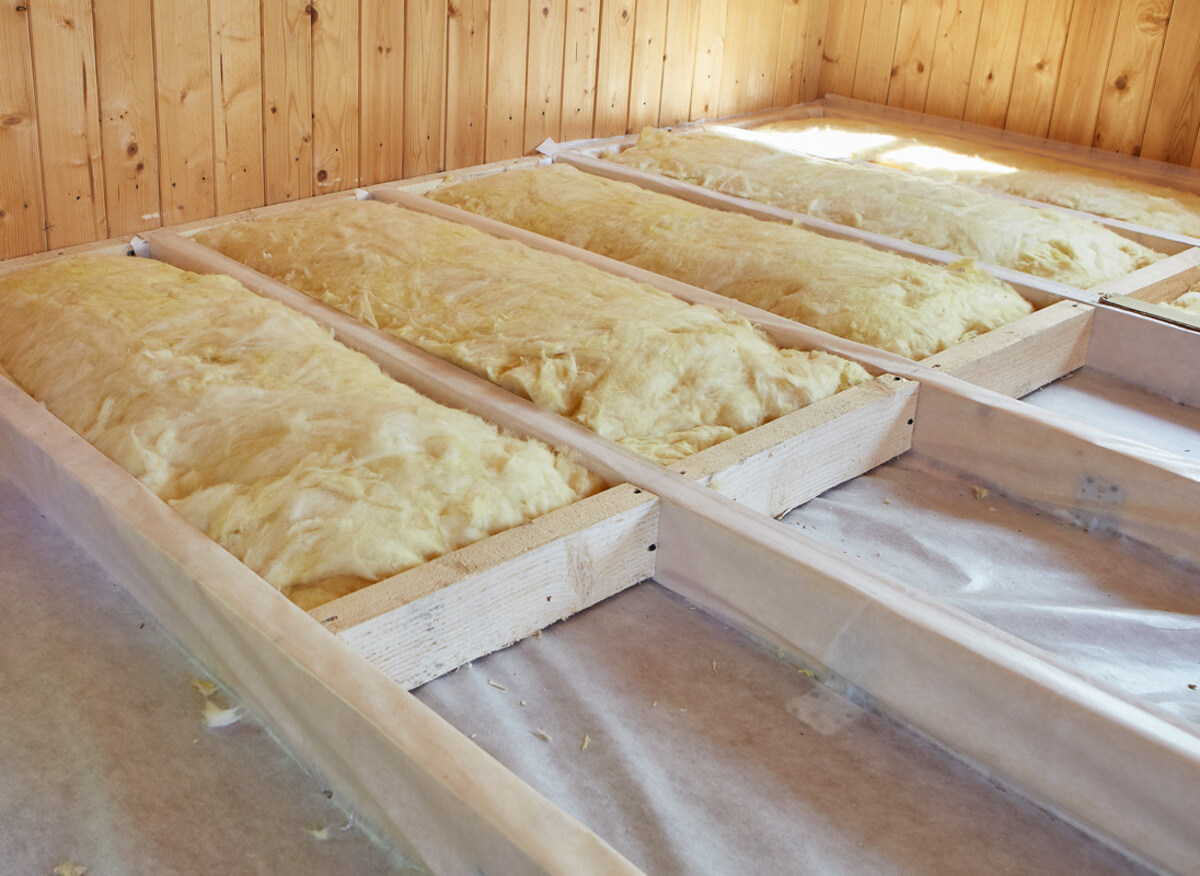
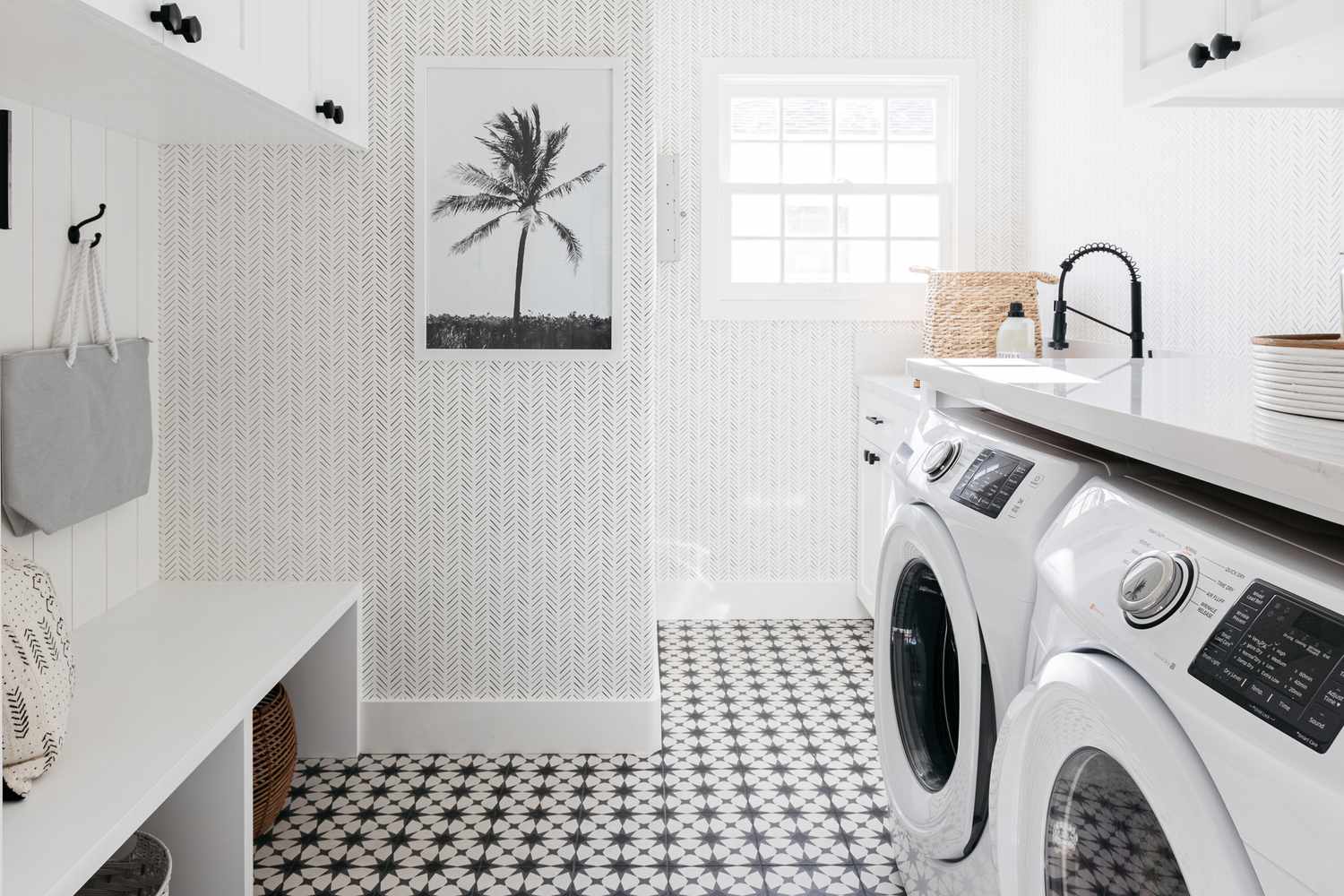
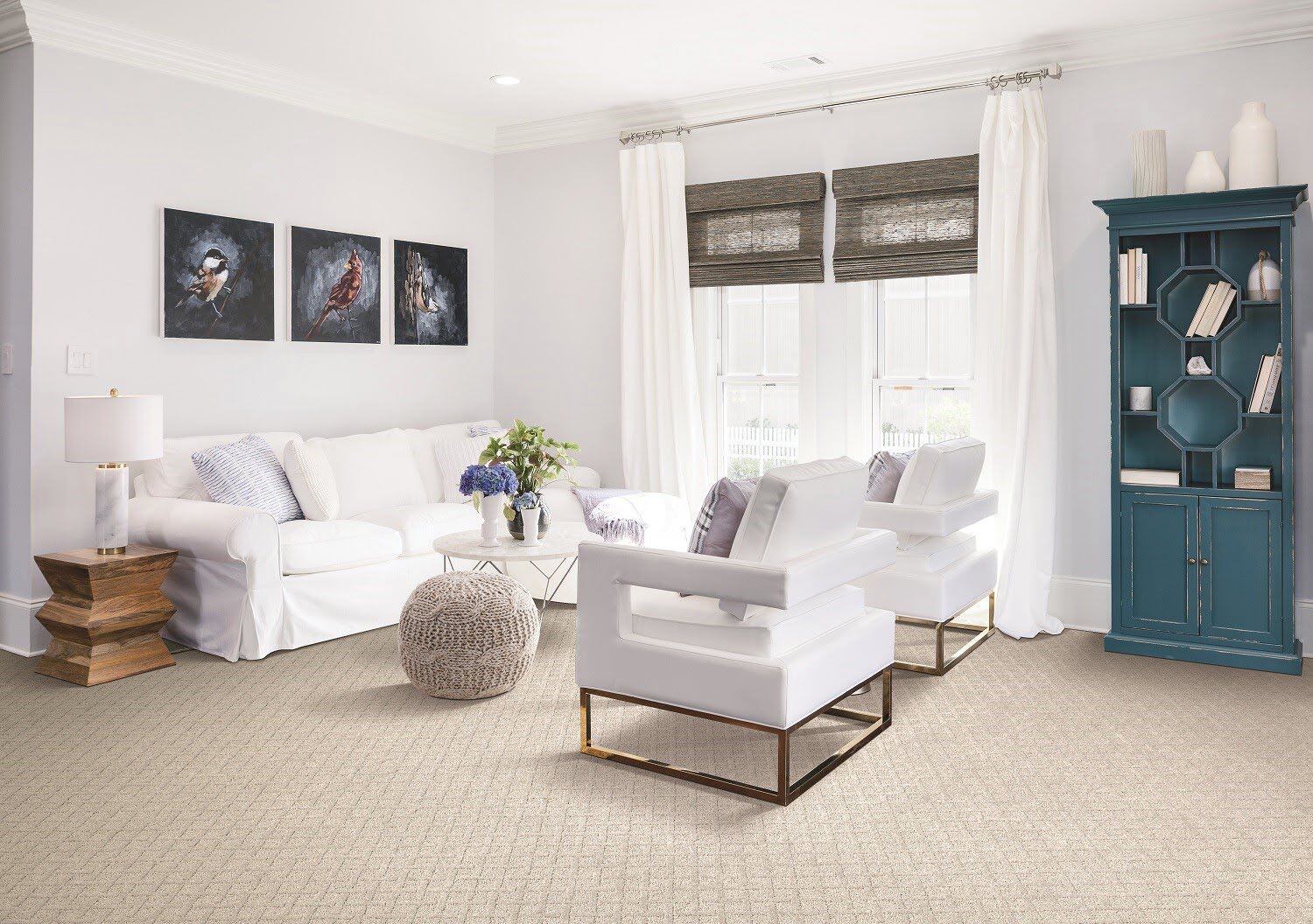
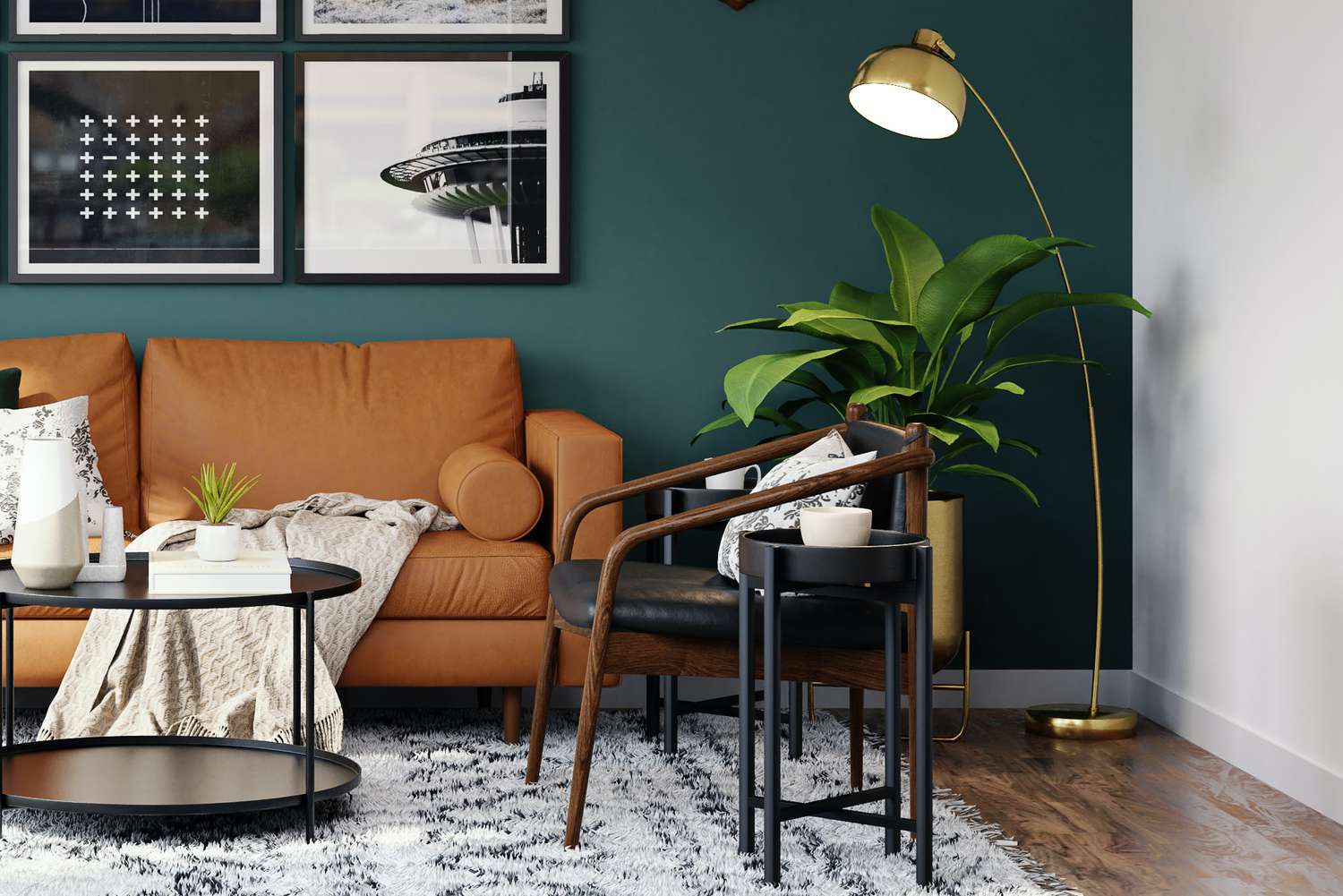
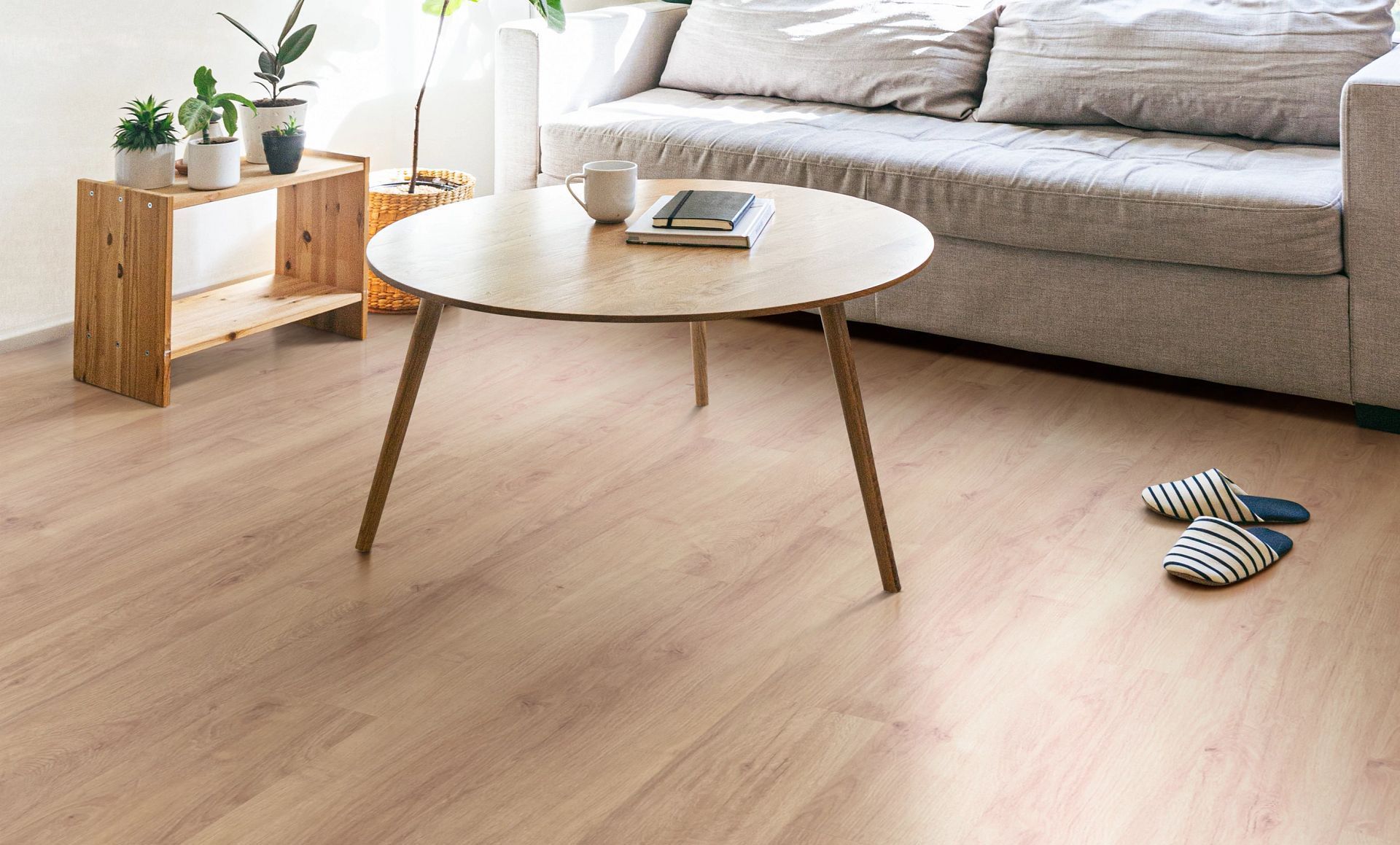
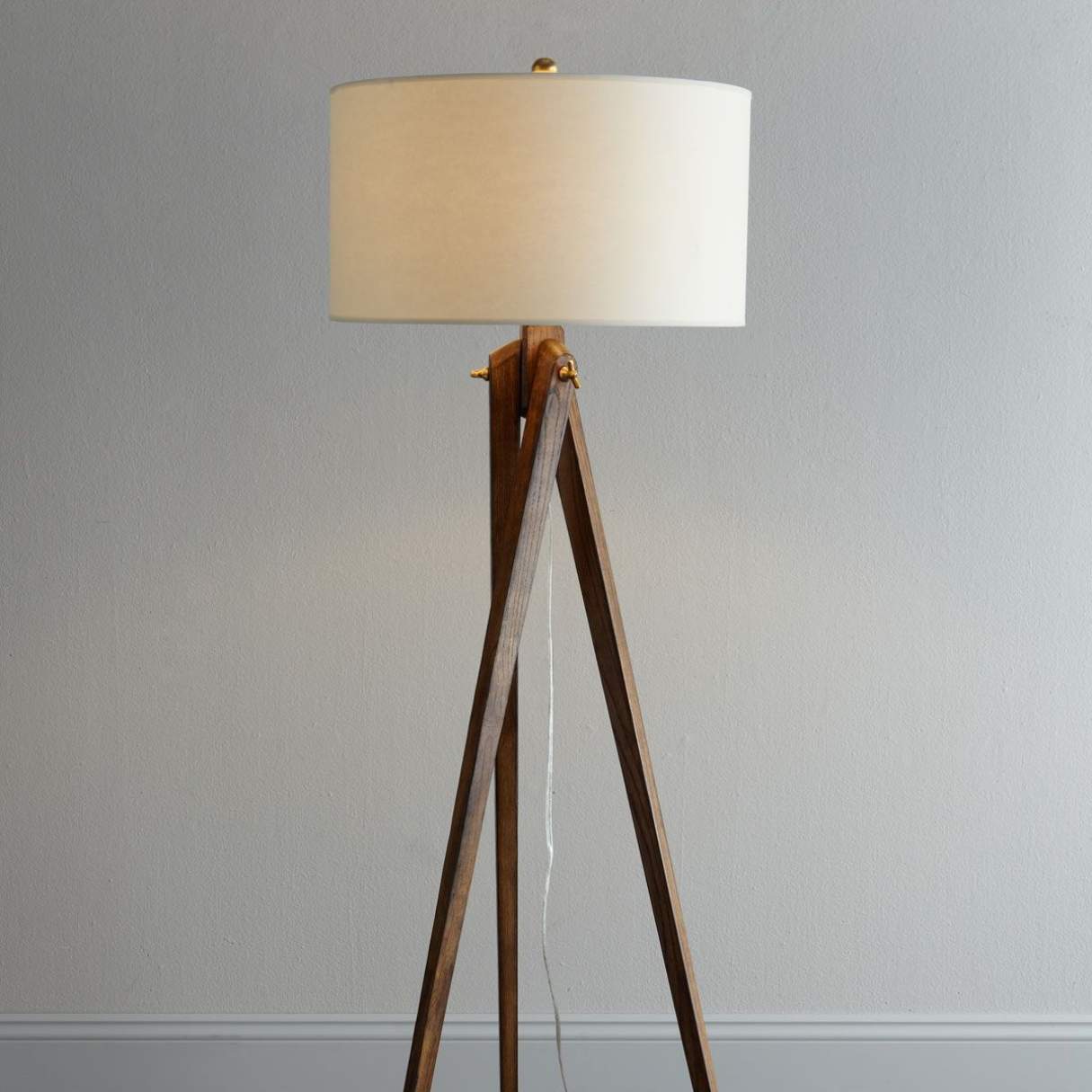

0 thoughts on “What Type Of Flooring Is Best For A Living Room?”